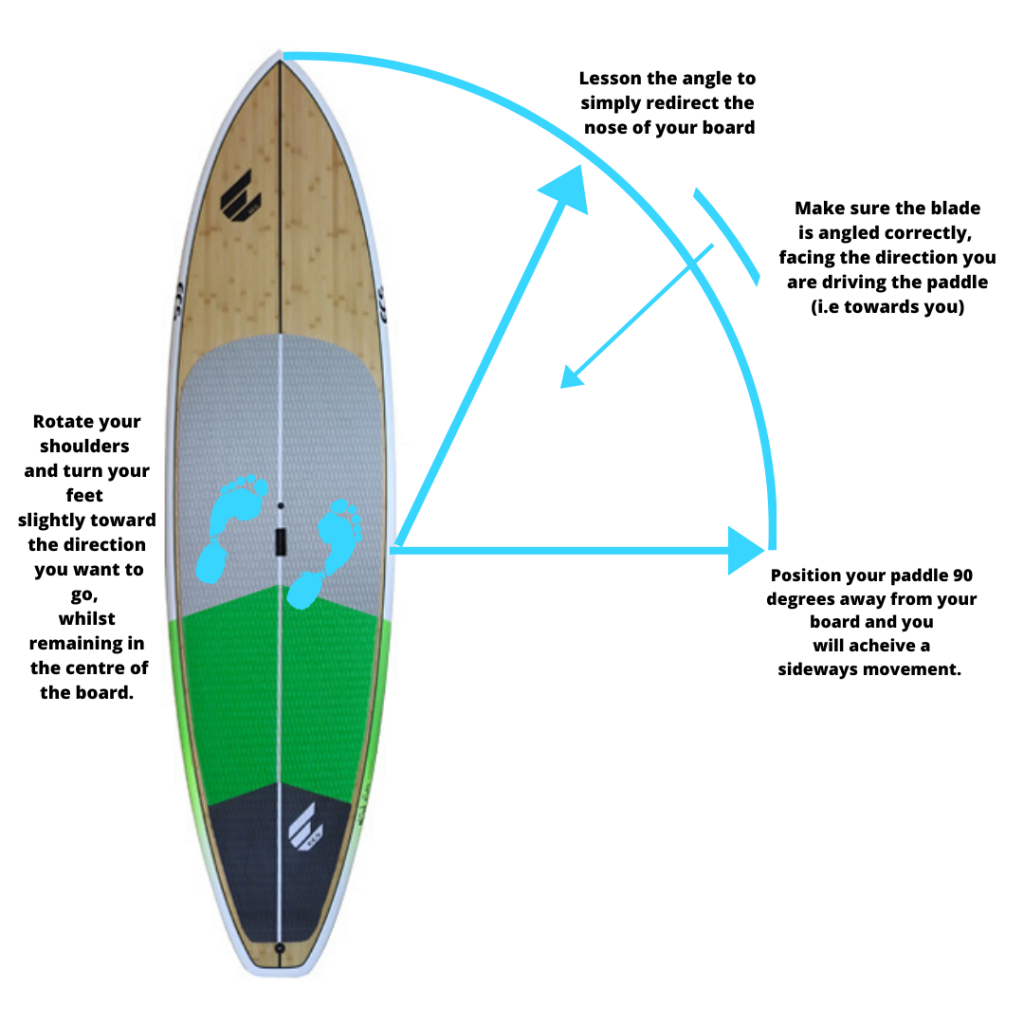Turn UP the SUP Pt 4 – Draw Stroke
Competitive stand up paddling requires an individual not just to be fit, strong and fast on their board. But to be skilled at multiple SUPing techniques that can be implemented as and when they are required during a race course. In our last Turn UP the SUP blog we gave you some tips on how to perform the pivot turn. We now want to introduce you to the next technique which you need to add to your skill set. It is called the draw stroke.
The draw stroke is essential to all competitive SUPers, whether you are taking part in a race or just trying to beat your own PB time. The Draw stroke can be implemented for 2 things: a quick and efficient way to redirect your board if you’re coming off course (for example the wind, chop or swell is pushing against your board strongly from the side.) Or moving your board sideways, when you are trying to pull up alongside something, such as a dock, so you avoid having to swap paddling sides. Here our our top tips on how to make the draw stroke work best for you:
- Adjust your body position before implementing: To instigate your draw stroke you must rotate your shoulders and turn your feet slightly toward the direction you want to go, whilst remaining in the centre of the board.
- Where you sit your paddle in the water will dictate the direction of your board during the draw stroke: Sweep the paddle from the nose of the board, so that it is submerged at 90 degrees (at a right angle) away from the board; this position will achieve a sideways movement. If you are simply wanting to redirect your board slightly in one direction, lessen the 90 degree distance (i.e a little closer towards the nose of the board). REMEMBER: It is important before driving the paddle through the water, that the blade is facing the rail of the board i.e towards you, to ensure you get a powerful stroke and move in the desired direction.
- Grip the paddle firmly & have a full submersion – When moving sideways, your board will have more resistance on the water so both hands need a strong grip and your arm muscles should be engaged to ensure the stroke is effective and we remain stable on the board. NOTE: with the draw stroke we ARE pulling the paddle towards the board unlike the normal paddle stroke where we are propelling ourselves forward rather than pulling back.
- Lean on the rail to assist the stroke: Once you start feeling more confident with the draw stroke, try utilising a subtle movement in your feet to lean on the rail of the board in order to tip it. This will assist with the stroke and the change in direction.
- Repeat the stroke as many times as you need. You can make slight adjustments to the way in which you angle your paddle to better direct yourself towards your goal point. Slice the blade out of the water by swinging it toward the nose or tail of the board and repeat the stroke as many times as you need.
We hope you enjoyed our latest addition to our Turn UP the SUP blog series and we hope it helps you in your paddling performance. Please use the diagram below as reference.
If you would like some help on the water to master any of the paddling skills we share with you, then have a private lesson to receive one on one support. Alternatively join us for one of our Saturday morning fitness paddles (experienced paddlers only) to really get some good practice amongst other like minded paddlers.

